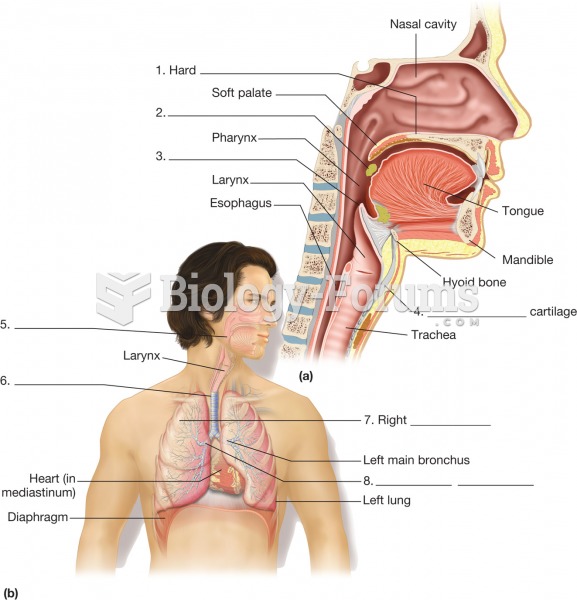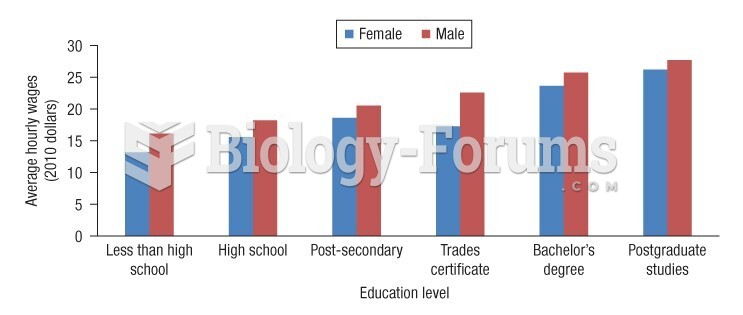Answer to Question 1
Maintenance programs focus on maintaining and increasing native-language competence. Supporters of this program believe that a strong foundation in one's native language makes it easier to learn, subsequently, both English and other subjects.
Answer to Question 2
Descriptions and sample applications of each technique follow:
a.wittiness: The processes by which teachers are alert to behavior in all areas of the classroom so that they can head off discipline problems before they get out of control. Example: A teacher, who is working with one group of students, pauses to ask a student across the room what he is doing because she sensed that he was getting off-task.
b. Overlapping: A classroom situation where teachers have some students finishing one activity while others are starting a new activity. Example: Students who finish their spelling lesson early may begin to work on their portfolio projects.
c. Smoothness: Allowing an easy transition from one activity to another. Such transitional periods are often situations that invite student misbehavior. Example: Classroom procedure requires all students to quietly and quickly put away materials from one lesson and then assemble all necessary materials for the next lesson on top of their desks.
d. Momentum: The ongoing learning process in which students are actively engaged in the lesson. Teachers must be careful not to disrupt this process. Example: A teacher stops a classroom discussion to inquire about a lunch sack left on the floor, interrupting her class's momentum and causing some students to be unable to refocus their attention to the task.
e. Involvement: The principle that requires the rest of the class to be working, even when the teacher must deal with an individual student. Example, The students complete their math worksheets while the teacher works with one student who is particularly confused with the new method they are learning.
f. Variety: This refers to the need for different types of activities in the classroom to maintain student attention and involvement. Example: The teacher who notices that her students are becoming bored with the lesson on genetics decides to open up a discussion about the ethics involved in cloning.
g. Enthusiasm: Teachers need to be able to excite students about the lesson. Example: The chemistry teacher illustrated the movement of gas molecules by pretending that he was one. He bounced around, from his desk to the wall, in front of the classroom.
h. Ripple effect: This happens when the whole group responds to a reprimand delivered to an individual. Example: When the teacher told one boy to stand quietly in line, the whole line quieted down.
 The respiratory system. (a) Sagittal section of the head and neck, revealing the organs of the upper
The respiratory system. (a) Sagittal section of the head and neck, revealing the organs of the upper
 Characteristics of the individual determine (a) whether they will be exposed to certain stressors ...
Characteristics of the individual determine (a) whether they will be exposed to certain stressors ...





